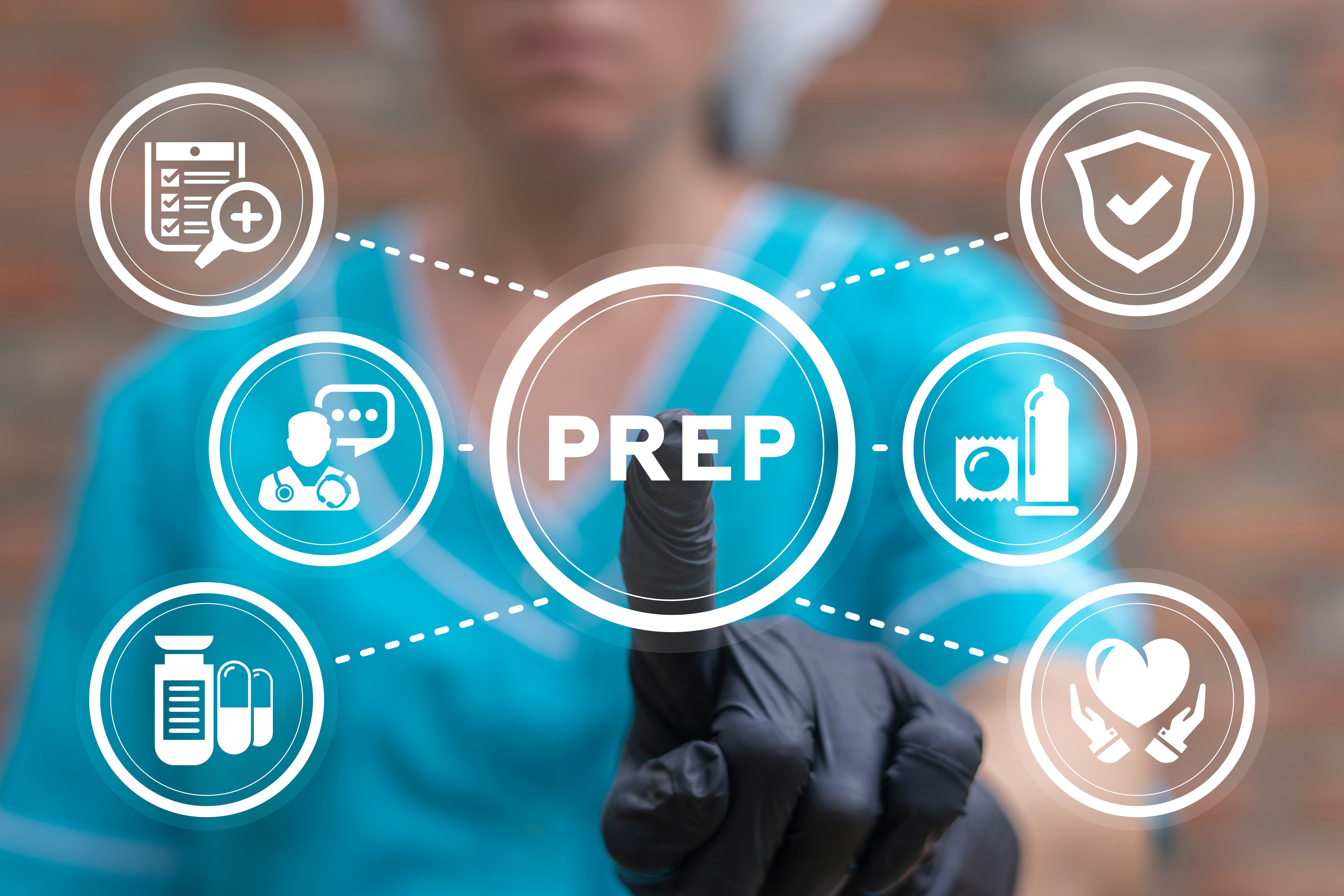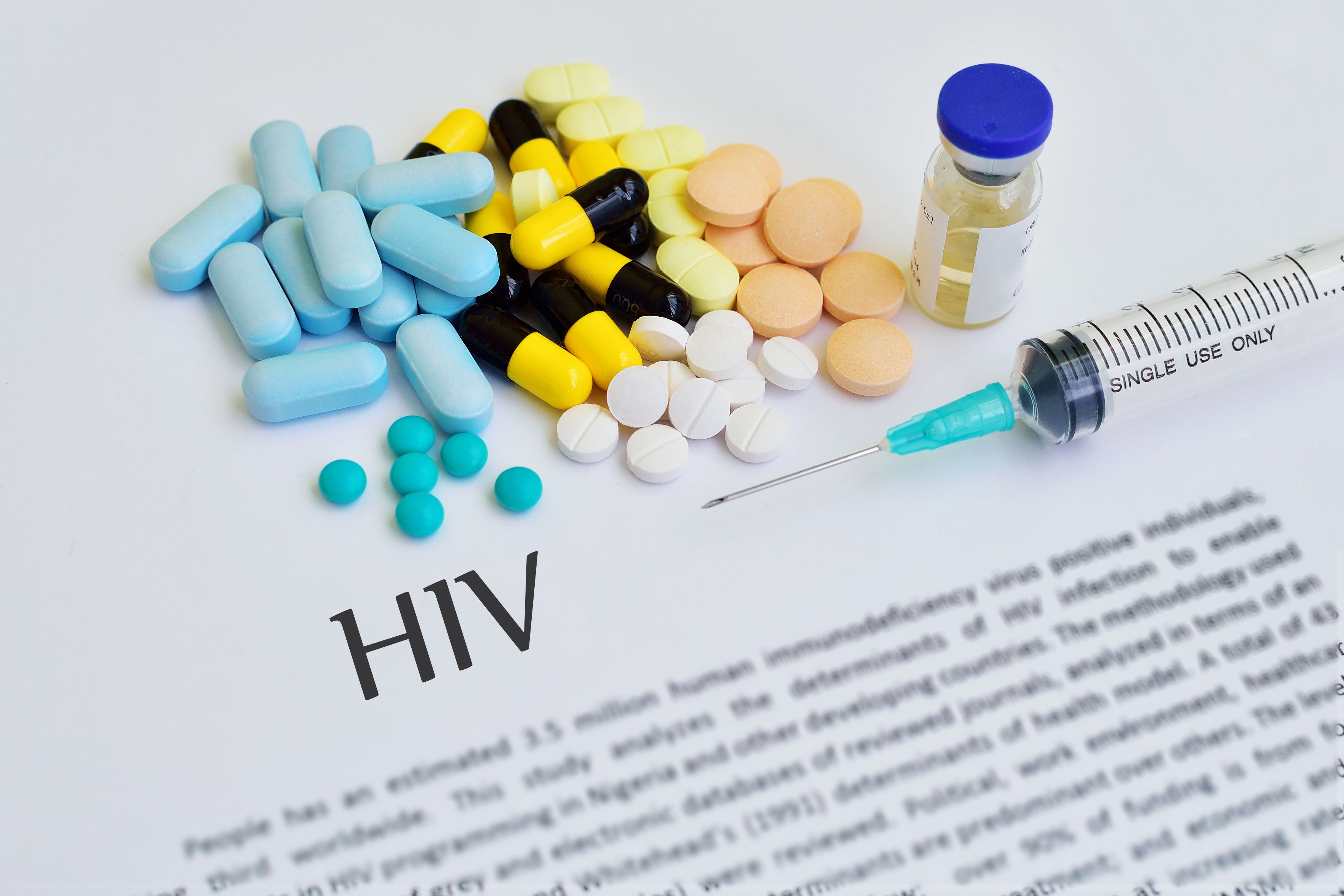Article
Having COVID-19 May Not Increase Risk for Worse Outcomes Among Patients With HIV
Author(s):
Study results show a 4% mortality rate among HIV-positive patients who have coronavirus disease 2019 (COVID-19) compared with approximately 17% of patients who also have COVID-19 but are HIV-negative.
There was an overall 4% mortality rate among HIV-positive patients who had coronavirus disease 2019 (COVID-19) compared with approximately 17% of patients who also have COVID-19 but are HIV-negative, according to retrospective study results out of Italy published in the journal Clinical Infectious Disease.
“Little is known about the impact of HIV infection on the clinical outcomes of patients infected with SARS-CoV-2 because, to the best of our knowledge, only case reports or small case series have so far been published,” they noted.
For their study, the authors reviewed their Department of Infectious Diseases database, which had a total HIV-positive patient population of 6000, for cases in which HIV-positive patients had throat swab—confirmed COVID-19 or were likely to have the virus. Probable cases were classified by the following criteria:
- Presence of fever and respiratory symptoms (eg, cough, shortness of breath)
- A relative or colleague with a laboratory-confirmed case of COVID-19
- Chest x-ray or CT diagnosis of interstitial pneumonia
Overall, the authors produced records for 47 HIV-positive patients referred to ASST Fatebenefratelli Sacco University Hospital, Milan, Italy, between February 21 and April 16, 2020, with diagnosed COVID-19 or a likely case of the disease. Twenty-eight (60%) of them were positive for COVID-19.
Seventy-seven percent (36) were male patients, who had a mean (SD) age of 50 (11) years; female patients accounted for the remaining 23% (11), and they had a mean age of 53 (12) years. The overall mean (SD) length of COVID-19 infection was 11 (7) days for the women compared with 14 (9) in the men (P = .338).
Among the 47 patients, 94% had an HIV viral load below 20 copies/mL, and there was a mean (SD) CD4 cell count of 636 (290) cells/mm3. The most common comorbidities were dyslipidemia, hypertension, and hepatitis C or B co-infection; 82% of the men and 58% of the women had at least 1 of these comorbidities.
Their antiretroviral treatment (ART) chiefly consisted of integrase inhibitors (80%) and protease inhibitors (11%). Forty-two percent were on a tenofovir-based regimen, either emtricitabine/tenofovir alafenamide/bictegravir or emtricitabine and tenofovir alafenamide plus an integrase inhibitor.
Just 13 of the 28 HIV-/COVID-19—positive patients had to be hospitalized. Of the entire group, less than half received potential COVID-19 treatments consisting of hydroxychloroquine (17%), azithromycin (15%), and lopinavir/ritonavir (11%).
Additional findings show a comparable risk of severe disease for the 47 patients compared with the general patient population who had COVID-19. This group also had a lower risk of death or admission to the intensive care unit compared with HIV-negative patients.
The authors hypothesize that the patients’ ART may have worked in their favor, especially with several regimens having been suggested as possible treatments against COVID-19. Plus, their results show a possible protective effect from integrase-inhibitor treatment, “which apparently indicates that antiretroviral therapy does not play a key role, although a potentially protective effect of tenofovir cannot be ruled out given its recently reported effect against SARS-CoV-2 RNA-dependent RNA polymerase.”
A second reason for the HIV-positive patients faring better is that their immune systems are in constant activation mode. “Consequently, the evolution of COVID-19 may be milder and not progress to a severe cytokine storm,” the authors concluded.
Although they believe their findings can inform how to manage HIV-positive patients who contract COVID-19, the authors still suggest larger cohort studies to validate and confirm their results.
The main limit to the generalizability of their findings is that some of their patients did not have confirmed cases of COVID-19, just a high likelihood.
Reference
Gervasoni C, Meraviglia P, Riva A, et al. Clinical features and outcomes of HIV patients with coronavirus disease 2019. Clin Infect Dis. Published online May 14, 2020. doi:10.1093/cid/ciaa579





